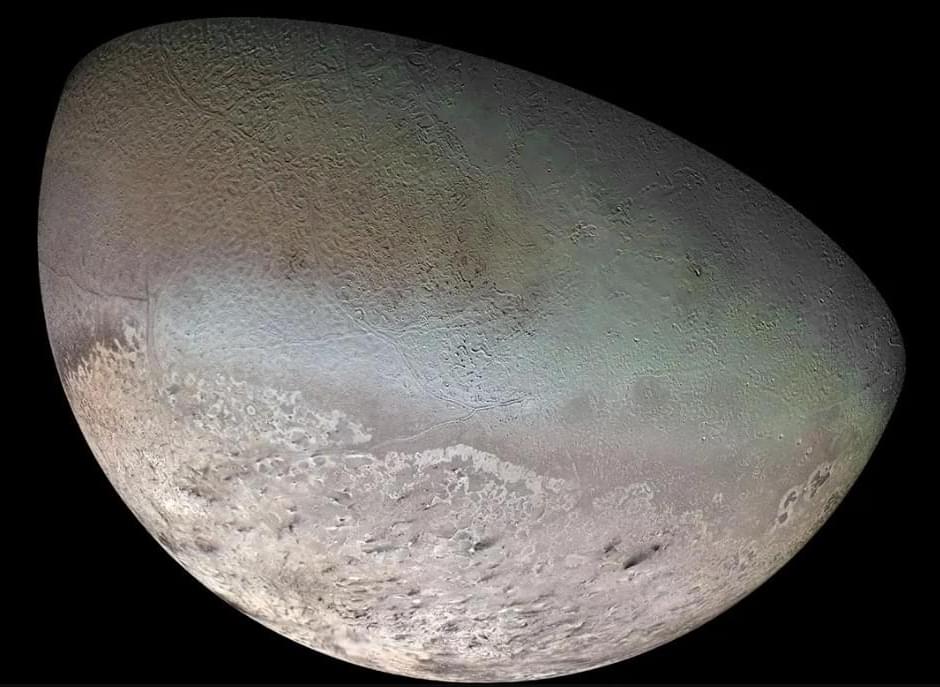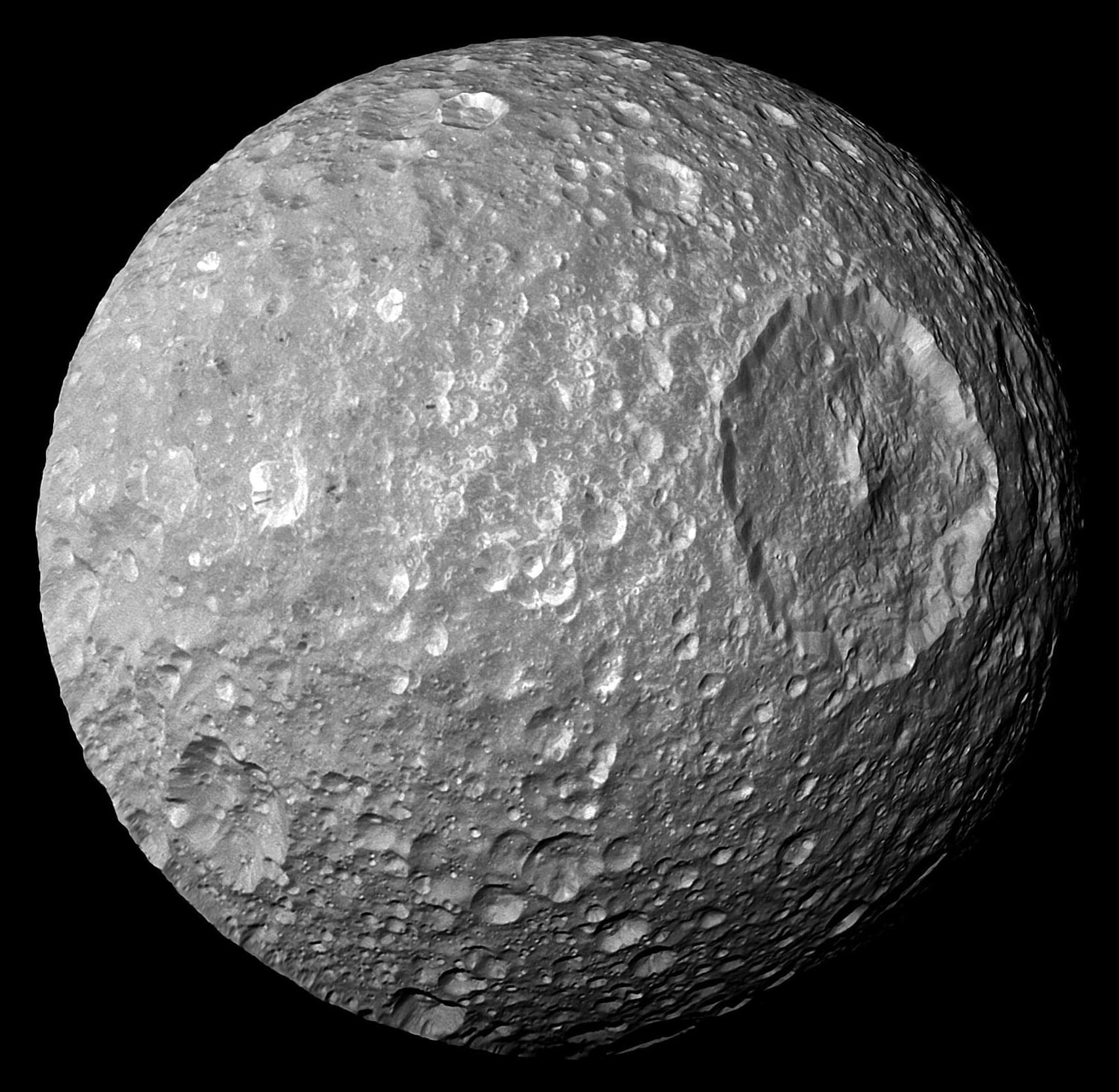Great, but where on earth is the EU in this new space race?
HELSINKI — China is charting a long-term deep space strategy centered on planetary habitability and the search for extraterrestrial life, according to a newly revealed mission roadmap.
A slide titled “habitability and search for extraterrestrial life — guiding the future development of China’s planetary exploration,” was shared on Chinese social media by the country’s Deep Space Exploration Laboratory (DSEL), a national-level research institution under the China National Space Administration (CNSA). It outlines a number of planned and potential missions, many with astrobiological implications.
The first mission is the Tianwen-3 Mars sample return mission, already approved and currently scheduled to launch around late 2028. Among its main objectives is investigating potential traces of past or present life on Mars.




